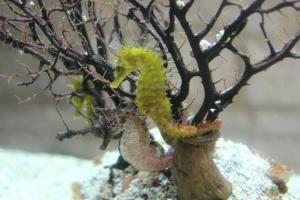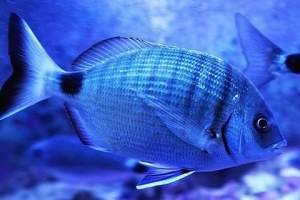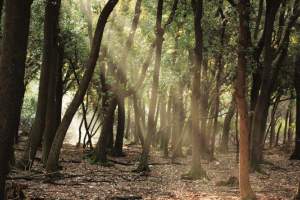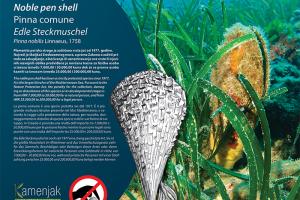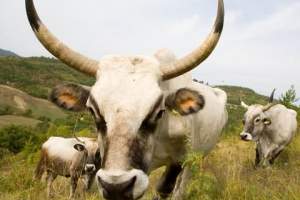Istrian Dinosaurs
During the Cretaceous period, 80 to 140 million years ago, dinosaurs trod on the Istrian peninsula. It was the time of the separation of land masses and forming of continents, warm and dry climate that was favorable for the growth of lush vegetation (huge forests, fern).
The first discovery related to dinosaurs in Istria was in 1934 when Adolf Bachofen-Echt, an Austrian brewer and enthusiastic paleontologist found dinosaurs' footprints in the area of Cape Ploče on Veli Brijun.
Over the next decades, footprints were found at several other sites - Cape Barbana and Cape Peneda (island of Veli Brijun), Marlera peninsula near Medulin, as well as the nearby Levan islet. Footprints have also been found on Fenoliga islet and in a small bay in Premantura.
The greatest discovery followed in 1992 when Dario Boscarolli, a diver from Monfalcone, accidentally found a site with bones on the sea bottom near Bale-Valle (20 km from Pula-Pola and 13 km from Rovinj). This was the first discover site with remains of dinosaurs' bones in the entire Mediterranean.
The discovered bones speak of the existence of at least ten groups of dinosaurs. One of them was the plant-eating Brachiosaurus, one of the biggest and heaviest of all dinosaurs. It was 20 to 25 meters long, with a neck about 10 meters long.
At the World Paleotologists Congress held in Beijing in 1995, this newest find was presented as the discovery of the year, thus Bale-Valle was entered on the World Paleontologist Sites List.
Some of the discovered bones are exhibited in Bale-Valle.












